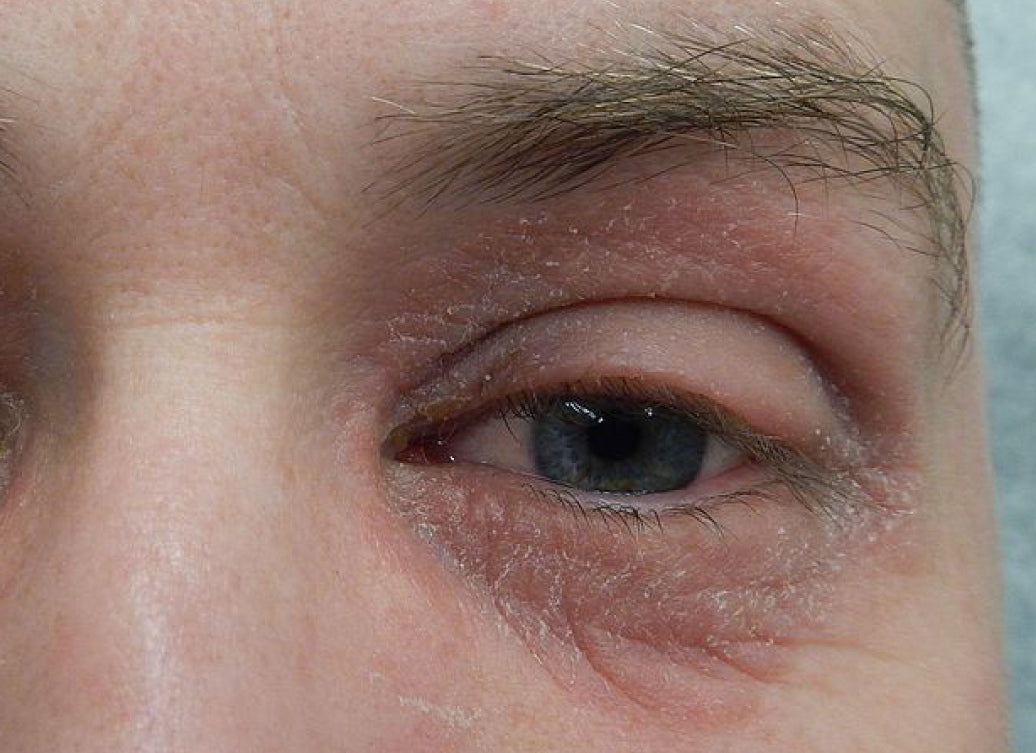How do you know you’ve got periocular dermatitis, rather than any other skin issue? It’s a relatively common complaint, but easily mistaken for other things, and hard to distinguish from skin conditions like acne or rosacea. Let’s take a closer look at what this rash around the eyes looks like.
Although periocular dermatitis can be similar in appearance to a whole range of other skin issues, it is its own separate condition. It behaves slightly differently to each of the other conditions it resembles, and requires slightly different treatment, too.
Periocular dermatitis typically occurs around the eyes and on the eyelids, though it is related to perioral dermatitis, which is a similar outbreak but affecting the skin round the mouth. There’s a term for outbreaks of these rashes - periorificial dermatitis - which covers both locations, and sometimes the same flare can cover the face from the mouth to the eyes.
The location - around the eyes - is one of the main ways of diagnosing periocular dermatitis, distinguishing it from acne for example (which occurs where there are sebaceous glands: the face, forehead, chest, neck and back), and from the most common subtype of rosacea, which tends to flush across the face, from cheek to cheek, in a typical pattern. Papulopustular rosacea, subtype 2, is more likely to affect similar areas and in similar ways, however; the difference between the two issues is generally taken to be that rosacea is a chronic, progressive condition and periocular dermatitis is more like an allergic reaction to a specific trigger that will fade once the trigger has gone.
Typical appearance of periocular dermatitis
The rash itself has a particular appearance with small, inflamed, scaly patches, spots and pustules. It can look a bit like papulopustular rosacea or acne. Unlike acne, it tends to flare suddenly, without itchiness, and the spots are less likely to be infected and clogged pores. For more on the difference between the two conditions see our blog What Is It? Perioral Dermatitis Vs Acne.
Patches of periocular dermatitis can be hot, itchy and painful, and be accompanied by a burning sensation.
Periocular dermatitis on skin of colour
Although, like rosacea, periocular dermatitis is most frequently diagnosed in people (usually women) of Caucasian heritage, it does occur on skin of colour; in fact, because it’s associated with pale skin, it can be missed or not taken seriously enough. The inflammation and ‘reddening’ associated with the condition can be masked on darker skin, showing up less obviously as reddish-brown, purple or hyperpigmented spots.
See our blog How Do You Calm Down Periocular Dermatitis? for more information on how to manage outbreaks of the condition.
Recommended products for skin prone to periocular dermatitis
Balmonds Skin Salvation
with hemp and beeswax
Balmonds Daily Moisturising Cream
with shea butter and calendula
Balmonds Omega-Rich Cleansing Oil
with rosehip and calendula
